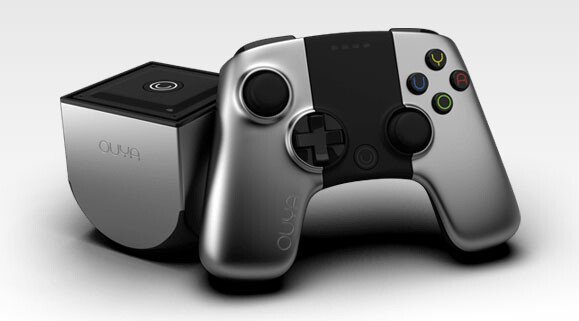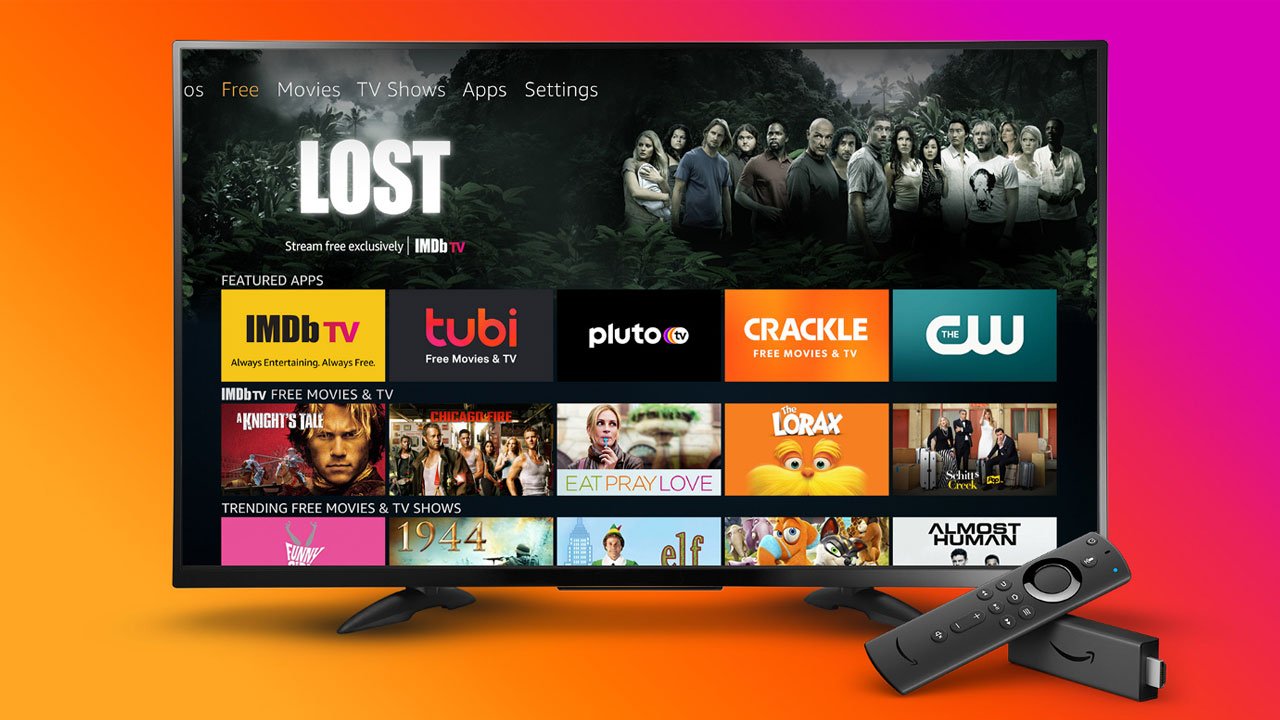When Amazon officially released its Android-powered microconsole and digital media player—the Fire TV—back in April, there was a new kid on the videogaming block. However, this “kid” is the world’s largest online retailer and manufacturer of consumer electronics such as the Kindle e-book reader and the Kindle Fire tablet. So when the time came for Amazon to try its hand in the gaming market, it was pretty much a big deal. Okay, not that big of a deal, according to Ouya CEO Julie Uhrman. She criticized the Fire TV for not being gamer-focused. And she’s partially right; Amazon has said the Fire TV isn’t designed to compete in the console market. If that’s the case, then what’s the point for Amazon to integrate gaming into the Fire TV? In other words, why should the Fire TV matter?
It’s arguable that Amazon included gaming capabilities within Fire TV as means to cater to a wider audience, which definitely includes gamers. Amazon has taken steps in ensuring the Fire TV is gamer friendly: they’ve acquired Killer Instinct developer Double Helix, launched an exclusive first-person shooter/tower defense hybrid called Sev Zero, and enlisted gaming veterans such as Portal designer Kim Swift, Far Cry developer Clint Hocking and Halo writer Eric Nylund. Also, the Fire TV grants users access to a plethora of games both for purchase and for free. In a recent interview with Pocketgamer.biz, Amazon Games president Mike Frazzini said that gaming was a factor in the Fire TV’s development. Amazon hasn’t abandoned gamers completely, but giving users that option to experience the device in a different way speaks volumes about today’s technological landscape.

As evidenced with Microsoft’s Xbox One, media convergence is key in order for companies to connect with as much people as possible. Media convergence also reveals which companies are competing against one another. In this case, Amazon is competing with Apple, Comcast and Roku, rather than Microsoft and Sony. Both Amazon and Microsoft appear to share the same competitor in Apple, only because Amazon and Microsoft promote their respective products as all-inclusive entertainment hubs. No doubt Apple TV includes gaming features (when combined with AirPlay), which would make media convergence the name of the game this time around. The Ouya isn’t exempt from this radical shift in technology, either; the company described its eponymous device as “more than just gaming”, providing users with a wide range of television services, music and even social media. The Ouya is no different from the Fire TV, because both microconsoles promise to deliver the vastest of living room entertainment.
To reiterate Uhrman’s sentiments, at least the Ouya makes gaming a priority, and a potential competitor to the console trifecta of Microsoft, Sony and Nintendo. Critics, on the other hand, had mixed reviews about the Ouya during its debut last year; while the $99 price point and console openness were pluses, the lukewarm reception focused on issues regarding the controller and connectivity, as well as the lack of big name titles (save for Final Fantasy III). Some reviewers weren’t convinced the Ouya could even be a considered a threat to the console heavyweights. Amazon’s Fire TV has a few well-known titles such as Minecraft: Pocket Edition and The Walking Dead. We could take a step further and speculate that Fire TV, not being a gaming-first device, is actually good.
Let’s reason this argument with a question: does the current game listing for the Fire TV (aside for the ones mentioned above) appeal to you? If Amazon did market Fire TV as an actual gaming console and offered the same game lineup, it’s plausible Fire TV would generate the same criticism as the Ouya—the games aren’t worthwhile to play. It’s up in the air as to whether or not Amazon would make an appearance at E3 2014 next month; even if they did, the hope for them would to not set up a booth in a parking lot. E3 appearance or not, Amazon’s presence is certainly felt within the gaming industry; the introduction of Fire TV could imply how non-gaming companies are impacting the current generation and future ones as well.

At this point, it’s all about which company can offer its audiences with the best living room experience; gaming happens to be a part of the mix. Despite Amazon not establishing Fire TV as a primary games console, the company’s intent to conquer the living room space is essentially parallel to that of Microsoft’s and Sony’s. In terms of audience, it’s apparent now that almost everyone loves games. The lines between hardcore and casual gaming are so blurred that it’s becoming almost unnecessary to segregate audiences; in turn, this could give way for non-gaming companies to experiment in the games market. The only concern for such non-gaming companies is whether or not their hardware and accompanying software would be enough to stand a chance against the future-generation Xboxes and PlayStations. Truthfully, neither Sony nor Microsoft is going anywhere, and neither would their respective audiences. But, if you were Amazon, it wouldn’t matter: you’re confident in what your hardware is and isn’t, and therefore wouldn’t see the need in trying to dethrone a big-time console competitor. If there’s anything this generation is teaching us, is that companies can co-exist, despite the competition.
We don’t know how long Amazon’s Fire TV will be relevant, but for the time being, we can sit back and enjoy the multimedia features the device has to offer. Seriously, what digital media player allows users to search for content with just the sound of their voice? (Mind you, this is paraphrasing the promotional video on the website.)




